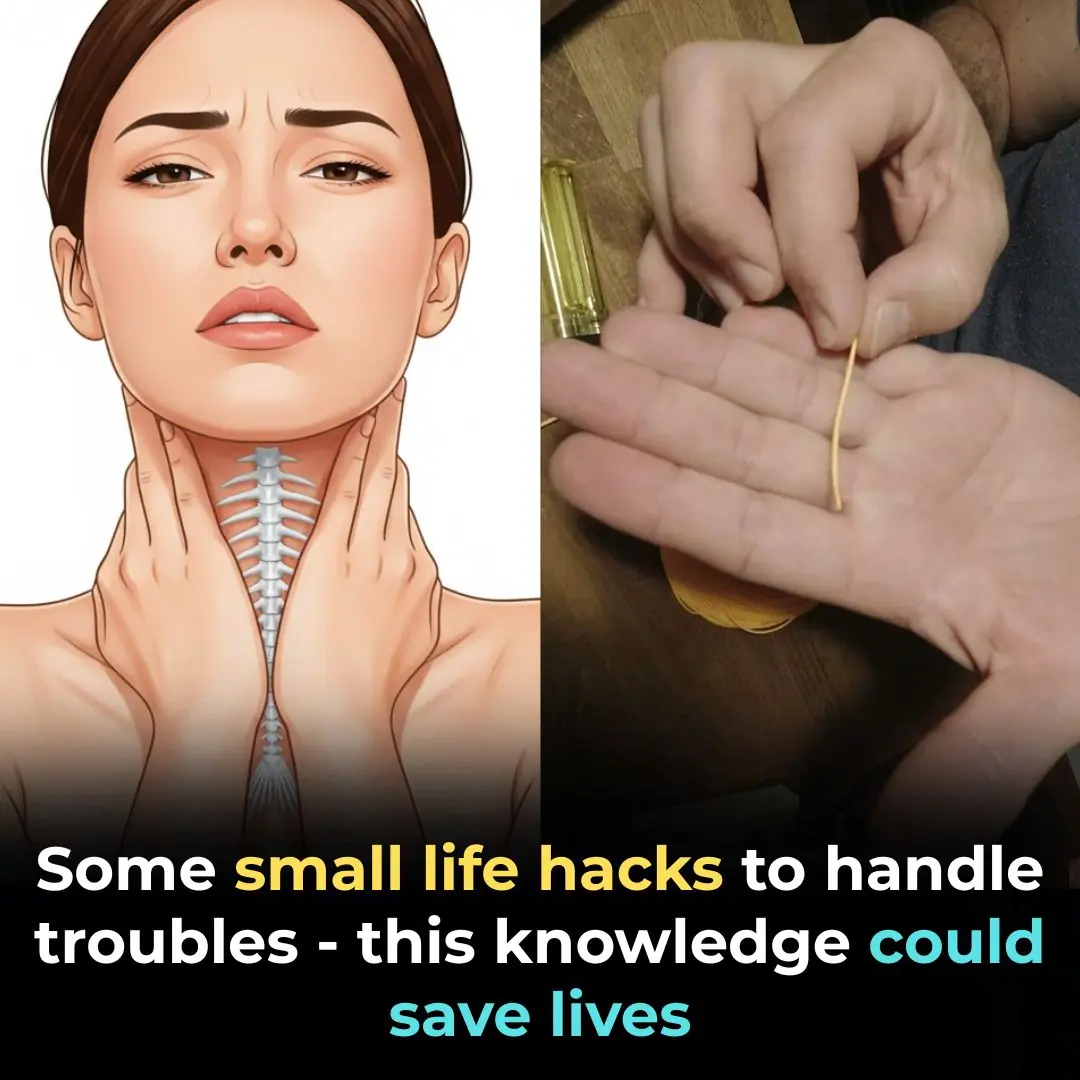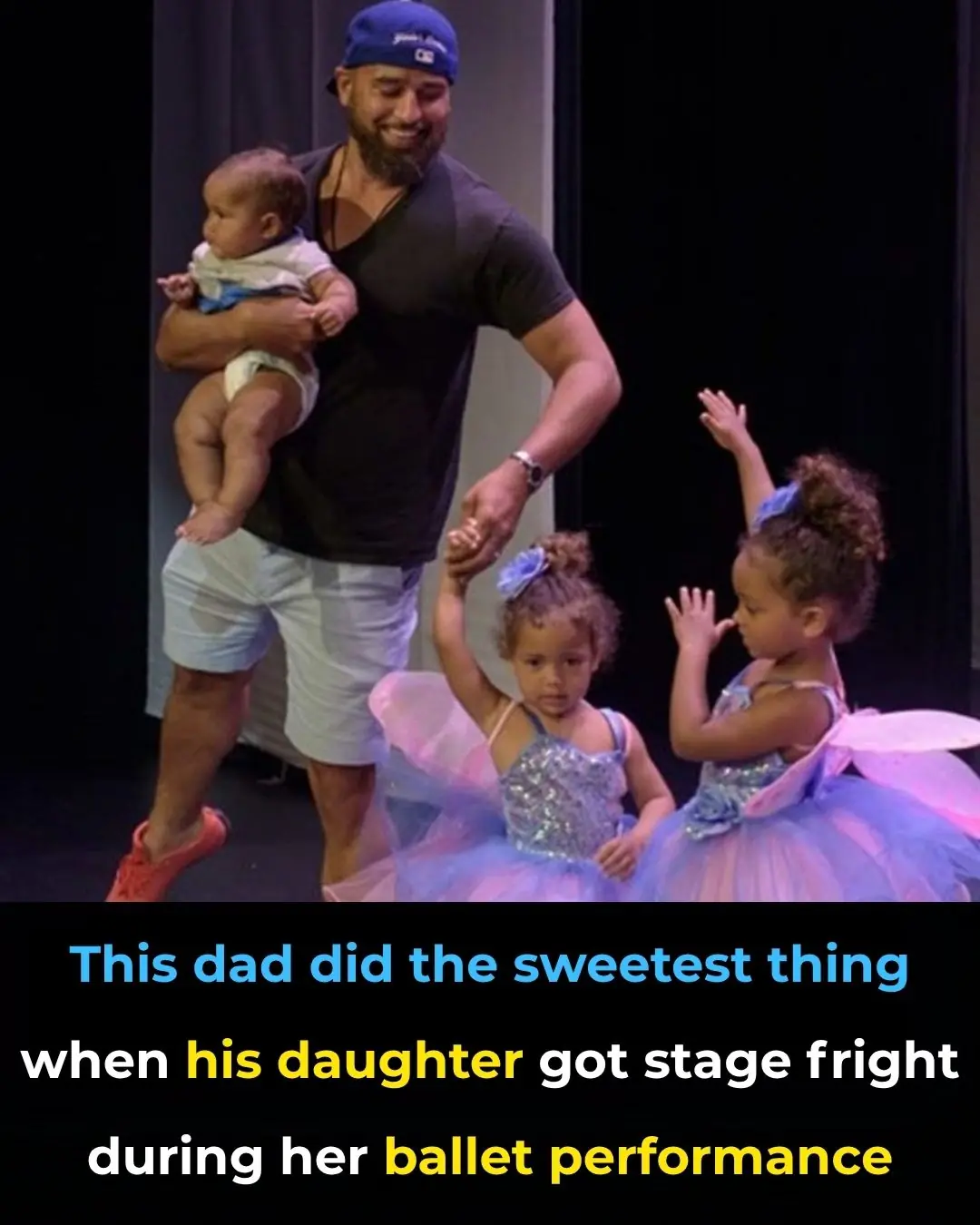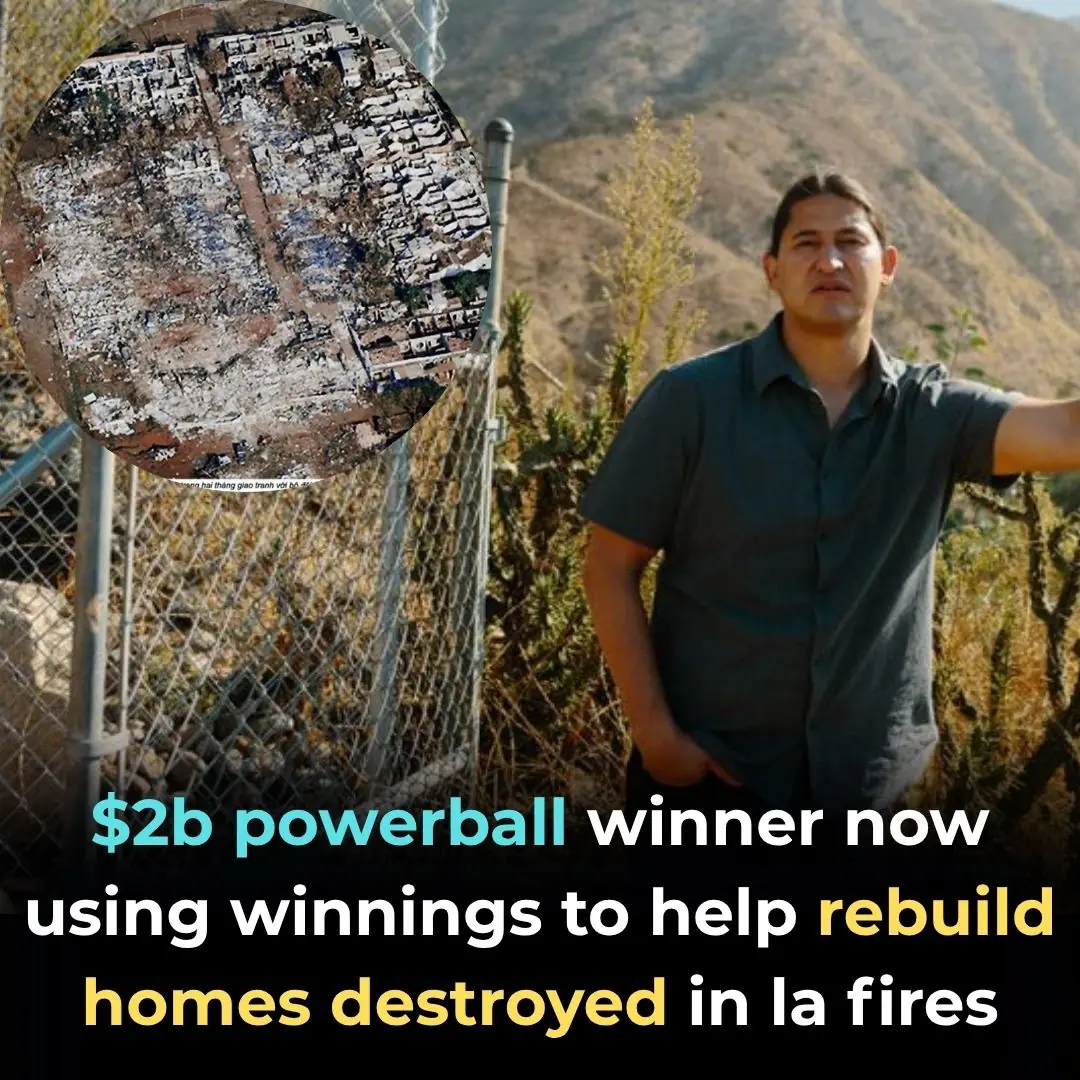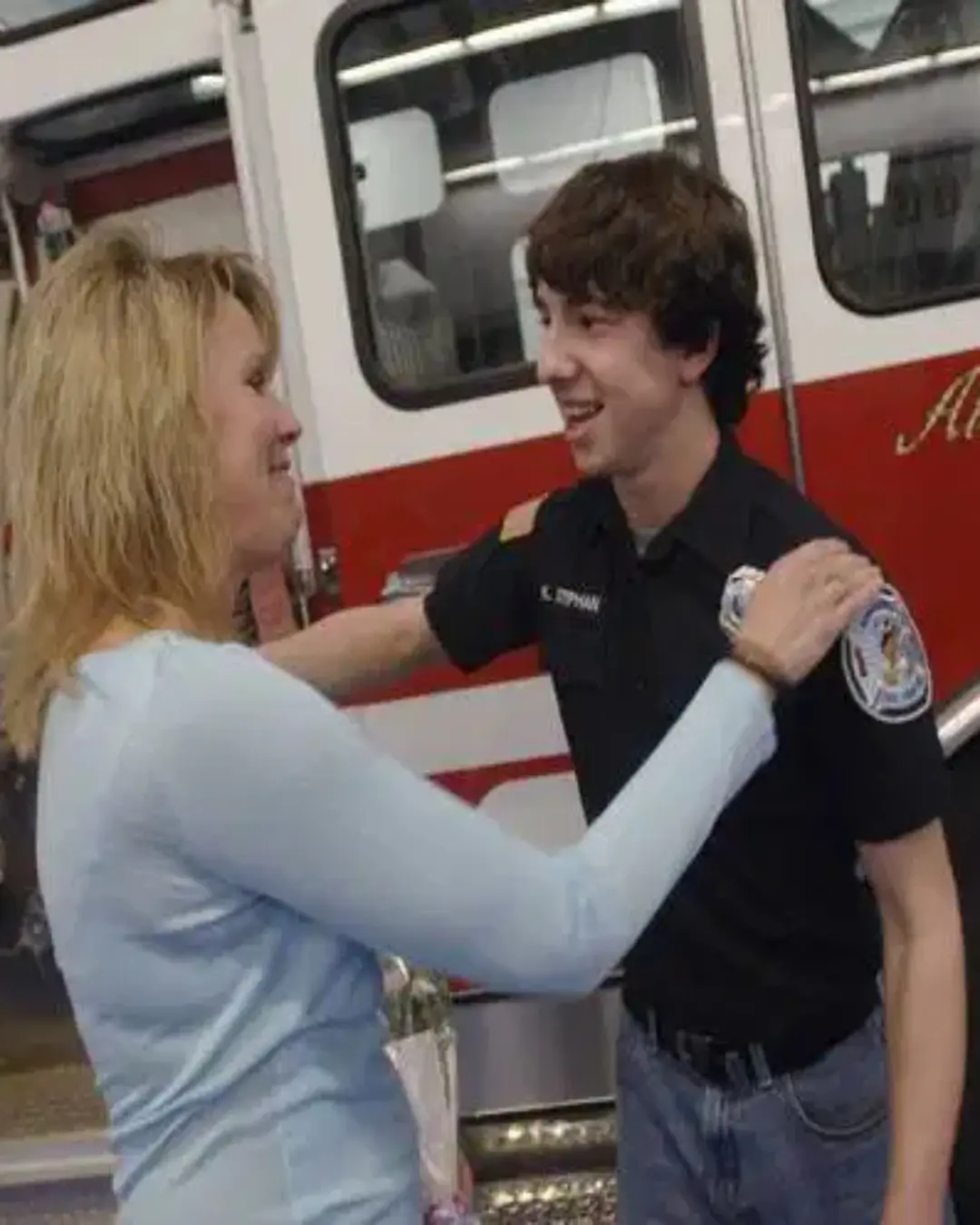
5 Essential Life-Saving Skills Every Child Should Learn Early
In critical moments, survival doesn’t depend on strength — it depends on awareness, calmness, and skill.
Children, though small and innocent, can act with remarkable courage when equipped with the right knowledge. Teaching life-saving skills early helps kids not only protect themselves but also become heroes in everyday life.
According to UNICEF (2023), developing safety and problem-solving skills in early childhood lays the foundation for resilience, independence, and empathy — qualities that will stay with them for life.
Below are five essential life skills every parent should teach their child before the age of 10.
1. 🧭 Recognizing Danger: Awareness Before Action
Children are naturally curious, but that curiosity can sometimes lead them into risky situations. The first and most crucial skill is recognizing when something isn’t right.
Parents can help by explaining clear examples:
-
A friend suddenly disappears under the water and doesn’t come back up.
-
A person faints and doesn’t respond when spoken to.
-
A stranger calls them to follow somewhere alone.
Teach your child that these are warning signs — and that the right response is not panic, but seeking help immediately.
🗣️ Encourage them to trust their instincts. If something feels “wrong,” it’s always better to move away and tell an adult.
Studies from the Harvard Center on the Developing Child show that children who learn situational awareness early develop stronger executive functions — including decision-making under stress.
2. 📢 Calling for Help — The Right Way
The American Red Cross emphasizes that “knowing how to alert others is the first step in saving a life.”
Children should learn to shout loudly and clearly for help and never jump into danger themselves.
You can teach them a simple safety rule — an easy-to-remember “mantra”:
“Call for an adult. Don’t jump in. Shout for help.”
This principle applies in emergencies like drowning, fire, or someone collapsing.
By practicing it often through games or roleplay, kids can build quick, confident reactions instead of freezing or panicking.
3. 🪢 Using Tools Instead of Taking Risks
Many child drowning incidents occur when another child jumps in to “save” a friend without knowing how to swim. The result can be double tragedy.
Teach children to use available tools to help others safely instead.
For example:
-
Extend a long stick, rope, or towel to someone in the water.
-
Throw a plastic bottle or floatable object to keep them above water.
-
Find an adult or call for emergency services immediately.
This not only keeps them safe but also teaches critical thinking under pressure — a key component of emotional intelligence (UNICEF Child Safety Report, 2023).
🧠 The message is simple: Be smart, not just brave.
4. 💬 Communicating Calmly in a Crisis
Words have incredible power in emergencies.
A calm voice can prevent panic — both for the victim and the rescuer.
Teach your child to use simple, reassuring phrases like:
“It’s okay, help is coming!”
“I’m getting someone right now, don’t be scared.”
This helps the person in trouble stay conscious and calm, while also helping the child remain focused instead of frightened.
According to the World Health Organization (WHO), emotional regulation and communication skills are among the most effective tools for crisis response, even for non-adults.
💡 Practice this by roleplaying at home — for example, pretending a stuffed toy “fell” and needs comforting words while the child “calls” for help.
5. 🔁 Practice Until It Becomes Habit
Children learn best through repetition and play. To make safety instinctive, parents should integrate skill-building into games or daily routines:
-
Create small “emergency scenarios” at home — pretend to faint, drop an object in water, or simulate a small fire — and let the child practice what to do.
-
Ask guiding questions:
“What’s the first thing you should do?”
“Who would you call for help?” -
Turn praise into motivation: “You remembered the rule perfectly — that’s what heroes do!”
According to child psychologist Dr. Laura Markham (Aha! Parenting, 2022), positive reinforcement builds confidence far more effectively than fear-based teaching.
❌ Avoid scare tactics. Saying things like “If you don’t learn, you’ll drown” only creates anxiety, not understanding.
✅ Instead, explain why these skills matter — because they can help the child protect themselves and others.
👨👩👧 The Parent’s Role: Lead by Example
Children imitate what they see, not what they hear. When parents act calmly in emergencies — helping someone who’s fallen, calling for help, or comforting a stranger — kids learn empathy and responsibility by example.
You can also:
-
Watch short educational safety videos together.
-
Discuss what to do in real-world scenarios (fire drills, crossing the street, water safety).
-
Celebrate your child’s correct responses to strengthen memory and confidence.
🌟 Final Thought
Life-saving skills aren’t just lessons — they are gifts of awareness, courage, and compassion.
By investing a little time each week to teach and practice, parents can empower their children with the ability to stay calm, act wisely, and maybe even save a life someday.
As UNICEF reminds us: “Prepared children become protective adults.”
Give your child that power — not through fear, but through knowledge, love, and steady guidance
News in the same category


39 Year Old Dr. Jermaine Whirl Named President of Savannah State, Becoming Youngest HBCU President in History

A Dad Painted His Daughter as Mona Lisa and Her Reaction is Priceless

Former NASA Rocket Scientist Aisha Bowe to Make History as Crew Member on Blue Origin’s First All-Woman Spaceflight

21-Year-Old Yale Juniors Raise $3M in 14 Days for New AI-Powered Social Media App ‘Series’

11-year-old Philanthropist Gives Chicago Some California Love by Raising Over $60,000 for the Windy City’s Homeless

Megan Thee Stallion Brings Queen Latifah to Coachella for Shining Moment of Black Girl Magic

Why Every Home — No Matter How Small — Should Grow Vietnamese Coriander

Don’t Throw Away Coffee Grounds — You’re Tossing Money and Magic!

4 Cancer-Fighting Vegetables Backed by Science: Small Daily Habits for Long-Term Protection

Growing Culantro at Home: A Small Herb with Big Medicinal Power

Everyday Emergencies: Small Tips That Could Save a Life

4 Types of Plants Said to Attract Snakes — and What Science Really Says About Safety Around Your Home

Don’t just think “beef for blood.” 11 fruit choices that can help your iron status — with science to back it

Published 10:25 15 Oct 2025 GMT+1 Warning issued as YouTuber has phone explode on him for first time ever during insane bend test video

How single drop of toxic metal led to teacher's agonizing death 10 months later

LeBron James Makes History as First Professional Male Athlete to Receive a Barbie

This Dad Did The Sweetest Thing When His Daughter Got Stage Fright During Her Ballet Performance

This Family Bought The Land Their Ancestors Picked Cotton On And Hosted An Unforgettable Holiday Gathering
News Post

Bananas that are ripe and turn black are thought to be thrown away, but unexpectedly are a nutritional "treasure" that few people know about

Great tips for the bathroom: Disposable masks can 'eliminate' bad odors, making the space surprisingly clean and fragrant

Powerball Winner Turns $2 Billion Fortune Toward Rebuilding Fire-Ravaged L.A. Homes

The Astonishing Claim That Humans Might Be Built for 20,000 Years

Save this for when you need it: How to cure 46 diseases with medicine-free tips

The Dying Lions of Khartoum: A Cry for Compassion Amid Collapse

The Gentle Embrace: A Baby Elephant’s Heartfelt Hug.

Why do gourmets always choose places with lots of leftover tissues when eating out?

Signs Your Adult Child May Resent How You Raised Them

Full Circle: The Boy Who Saved the Woman Who Once Saved Him.

What’s the Reason Behind Painting Trees White?

When ants randomly crawl into the house, here's what the Universe is trying to tell you

‘This Is Why They Mad’: Angel Reese’s Runway Debut Triggers Supporters to Clap Back After Trolls Claim Victoria’s Secret Has ‘Lowered Its Standards’

Don't throw away leftover lemon peels in the kitchen, keep them for 5 great benefits

We were wrong to gradually move away from lard

Insert a cotton swab into a bottle of essential oil and place it anywhere for good results.

39 Year Old Dr. Jermaine Whirl Named President of Savannah State, Becoming Youngest HBCU President in History

Moldy wooden cutting boards, can only be thrown away after washing with soap: Pour this on for 5 minutes and the cutting board will be as clean as new.

A Dad Painted His Daughter as Mona Lisa and Her Reaction is Priceless
